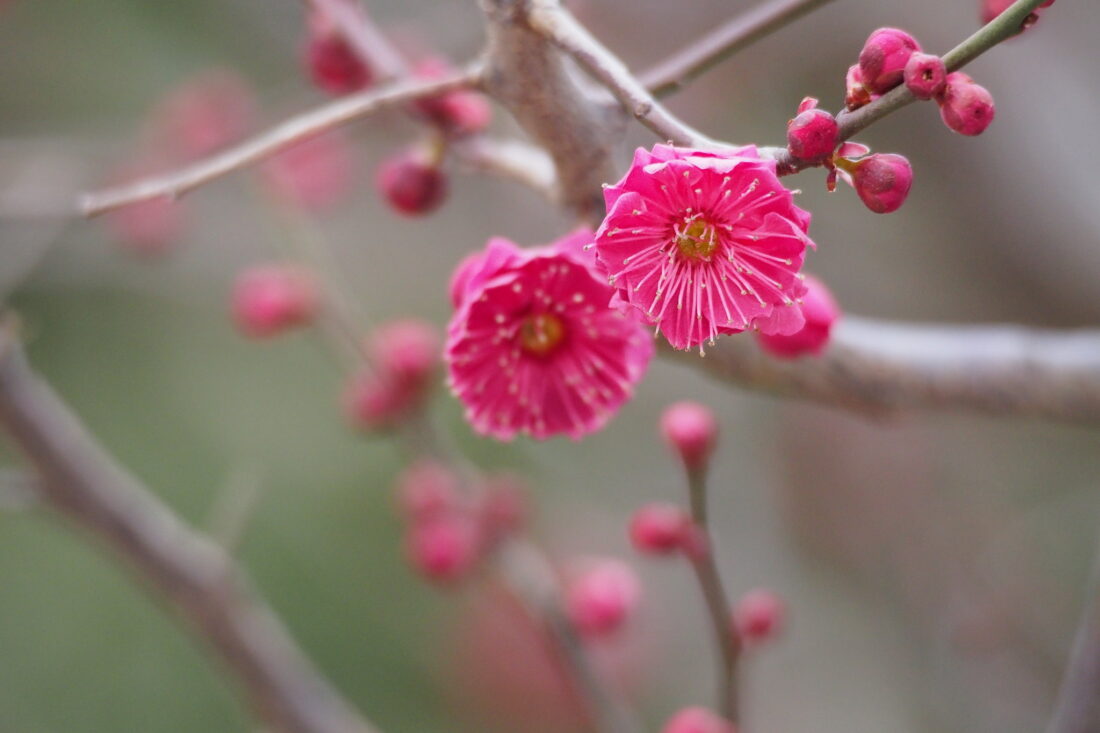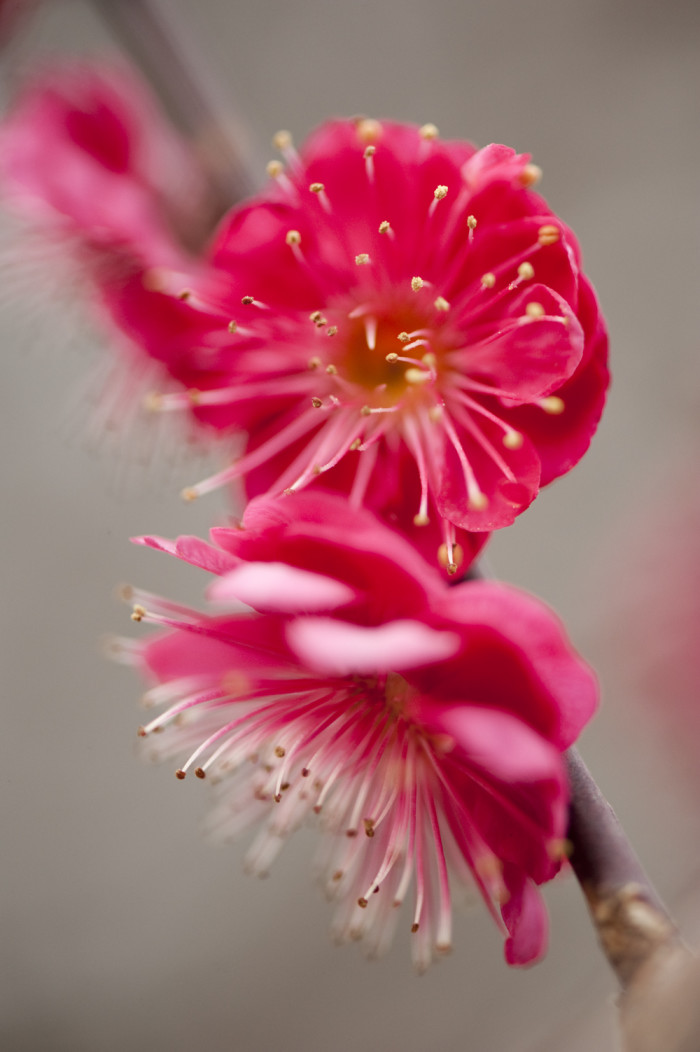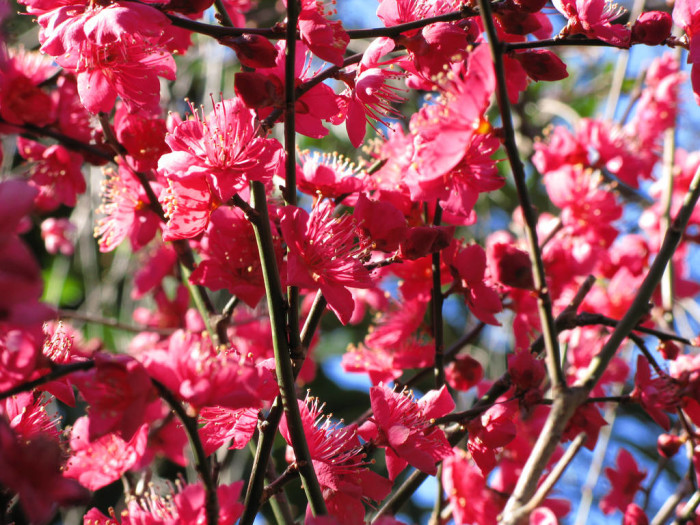This is the first year of school for our kids in New England. My wife grew up in Pennsylvania, and I grew up in North Carolina. During our school years, we became accustomed to a week-long Spring Break, usually around the Easter holiday. In New England, we learned, our kids get two week-long breaks after the New Year. They get a mid-winter break that coincides with Presidents’ Day as well as a Spring Break that includes Patriot’s Day. Patriot’s Day is officially a holiday in Maine and Massachusetts and is probably best known as the date of the Boston Marathon.

Now that we’ve almost made it through our first winter in Maine, we clearly understand why the kids have two breaks. The first is to escape the snow. The second, I’ve been told, is to take a break from the mud caused by the thawing ground. We decided to use this first mid-winter break to head south to my home state of North Carolina to see family and friends. We’re staying the week with my mother, who lives on the outskirts of Raleigh. Around her home is a hodgepodge of plants that I acquired while studying and working in Raleigh.
Directly adjacent to her back deck is a small tree that I had nearly forgotten. It is Prunus mume, or Japanese flowering apricot. The label was lost years ago, but I believe it is the double-flowered cultivar Peggy Clarke. This tree was given to me around 1994 by the late J.C. Raulston. Dr. Raulston, while at N.C. State University, became the Johnny Appleseed (or in this case, Apricotseed) of Prunus mume.
Prunus mume – Japanese flowering Apricot
J.C. used to hold free lectures on campus, talking about new plants or travels he had taken (he had visited every county in every state in the U.S.). After the lecture, he had a way of keeping people in their seats: he gave away free plants. One of those giveaways is now a 20-foot-tall tree next to my mother’s deck. I received it as a six-inch rooted cutting in a two-inch pot, planted it in the ground, and let it grow.
For nearly 20 years, that little cutting has flourished into a full-sized tree. Every January, just as winter begins to drag on, my mother calls or sends a note to tell me how beautiful the tree looks in full bloom. That’s the magic of Prunus mume—it flowers in mid to late January, right around the same time as witch hazels, covering itself in delicate pink or white blossoms that brighten the winter landscape when very little else is in bloom.

Why You Should Grow Prunus mume
Flowering apricots aren’t just beautiful—they’re incredibly resilient and rewarding for those willing to experiment with them. Originally from China and widely cultivated in Japan, Prunus mume has been grown and admired for centuries, with nearly 300 different cultivars available in Japan. In the U.S., availability is more limited, but a handful of excellent cultivars can be found, each offering a different color and flower form:
- ‘Peggy Clarke’ – double pink flowers
- ‘Matsubara Red’ – double red flowers
- ‘Dawn’ – double pink flowers
- ‘Rosemary Clarke’ – double white flowers
Do Flowering Apricots Produce Fruit?
Yes, but don’t expect anything like the common apricot (Prunus armeniaca). The small, apricot-like fruits are considered edible in Asian cultures, though they tend to be too bitter for most Western palates. In Japan, the fruit is often salted, dried, or cured in alcohol to make umeboshi (a type of pickled apricot) or umeshu (a plum-like liqueur). In a home garden, the fruit isn’t usually the main attraction—it’s all about those early, fragrant flowers.

How Hardy is Prunus mume?
Japanese flowering apricots are hardy in USDA zones 6-9, though in colder climates, they may need some protection. They thrive in full sun to partial shade and prefer well-drained soil, making them fairly adaptable in most garden settings. In warmer regions, they’re reliable bloomers that can flower for several weeks in winter, often beginning when snow is still on the ground.
When I get back to Maine, I definitely want to add Prunus mume to our zone 6a garden. It’s likely to be marginally hardy, but I’m willing to take the risk. Even if it only flowers in some years, having a tree that blooms so early, before even the first crocuses emerge, would be worth it.
Do you grow Prunus mume in your garden? If so, how has it performed for you?
—Rodney
We have two in the garden. It has been the best year for flowers since I planted them 6 years ago. Their scent is amazing – like cloves.
Japanese Flowering Apricot: A Tree of Nostalgia —studio ‘g’ garden design and landscape inspiration and ideas Studio G, Garden Design & Landscape Inspiration